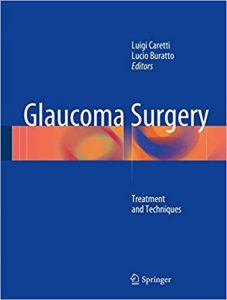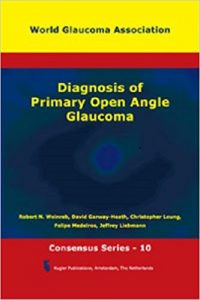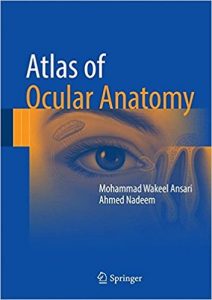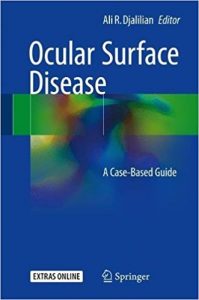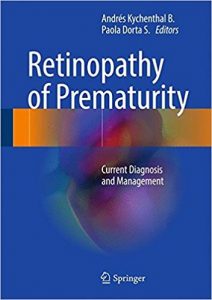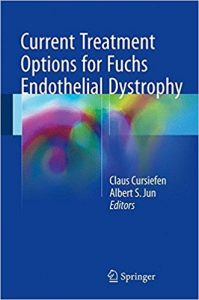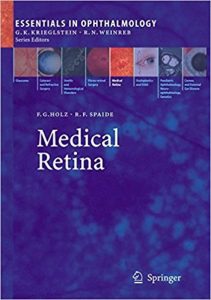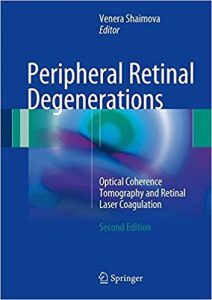Free radicals in ophthalmic disorder
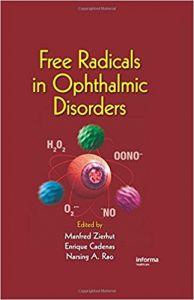
[amazon template=iframe image2&asin=1420044338]
Free radicals are molecules with an unpaired electron in the outer shell or an electron that was damaged from either attack or from a poor splitting bond. After a free radical is formed it will continue to attack other molecules, which usually results in the damage of tissue or destruction of a healthy cell. Free radicals arise normally through metabolism. However, sometimes the body’s immune system will create them on purpose to neutralize viruses and bacteria. Free radicals are implicated in many ophthalmic disorders including uveitis, optic nerve damage, retinal ischemia, and macular degeneration. Free Radicals in Ophthalmic Disorders presents the most current knowledge pertaining to the role of free radicals/oxidants in ocular disorders, and the use of antioxidants in the prevention of these disorders.
Written by today’s leading ocular scientists and clinicians, Free Radicals in Ophthalmic Disorders:
- gives comprehensive coverage of the role of free radicals/oxidants in ocular disorders
- covers the use of antioxidants to prevent oxidative stress and ocular tissue damage
- examines external factors that may result in the stimulation and heightened occurrence of free radicals/oxidants

